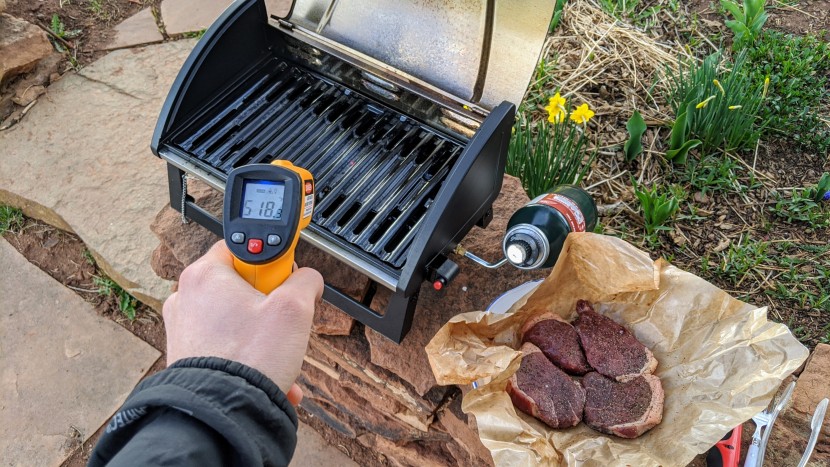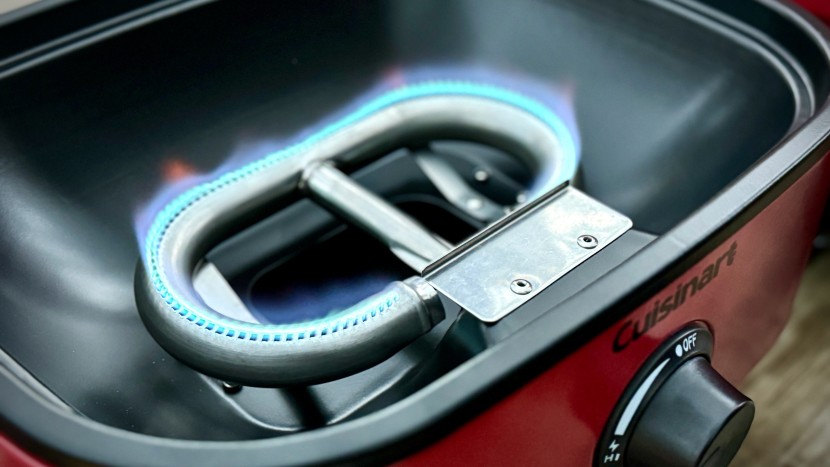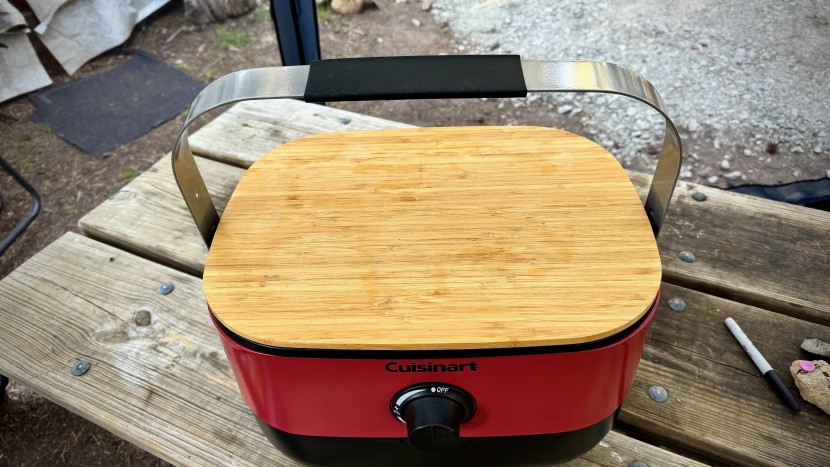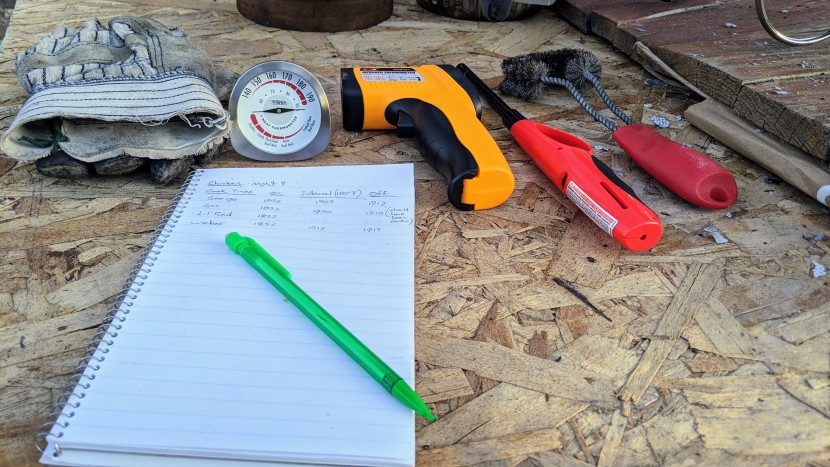The bulk of our grill testing was done while making actual food for actual meals. It is in this “real world” testing that we can truly draw out all that matters to you and your ultimate choice. To quantify certain things, verify our field findings, and identify strengths and weaknesses that aren't otherwise readily apparent, we also performed some standardized laboratory-style measurements and tests. The combination is thorough and comprehensive. We have tested for years, sometimes using the exact same grills over many seasons. We continue to refine our testing in order to provide the most relevant information to you.
Output Power
The first thing we did to “test” output power was to note the manufacturer's claimed BTU output. We have no formal way of verifying this, but we take every opportunity to compare and contrast the different grills; our depth of experience and length of testing allows us to largely verify the manufacturers' claims. For charcoal grills, we considered the volume of the coal bed. Further, we considered surface area and the effectiveness of the grill's lid. We also test the grills by igniting them, turning the heat all the way up, and then checking the temperature every 5 minutes for 20 minutes. How long does it take to reach peak heat? How steady is the final temperature? The final and true test of output power is in searing an excellent cut of meat. Does the grill really blacken that meat in seconds, like it should? How about in colder weather? How about in the wind? Our year-round testing allows us to achieve pretty reliable conclusions.
Control
Again, just regular cooking gave us the best impression of control. How low and high can the grill go? Are there clearly hotter and cooler zones on the grill surface? Recently, we added a “toast test.” We cooked plain white bread on each of the grills. See some of the most recent additions and award winners for photos of the results. The toast gives a rough visual representation of the heat distribution across the entire cooking surface.
Portability
We lugged them around, rattled down dirt roads, and spent weeks living in tiny RVs with these grills. We weighed them and measured outside dimensions. Note that portability can be quantified in two different ways. “How easy is it to move from my locked shed to my apartment patio?” is a very different question from “How much space will this take up in my Honda Fit?”
Cooking Area
We measured the actual usable grilling surface. We also noted the construction materials of the grilling grate as well as whether or not it can be swapped for other options. Finally we noted the design of the grate, whether it features bars with plenty of food to fall in between the grate or if the design is square-shaped, thereby encouraging food to remain on the surface rather than being lost to the flames below.
Wind Resistance
We assessed two major factors. Does the wind blow the burner out, and how much heat is lost to convective cooling? We also took note of whether or not the lid of the grill was fully enclosed or vented. Our primary objective test of this was with a fan and the preparation of a standardized meal. This is a good test, but there are many variables, including ambient temperature, that we cannot control to compare grills over the years. Ultimately, we find that regular use (in high winds when the opportunity arises) and anecdotal comparisons are actually more useful than the standard fan test.
Conclusion
Just like in all the categories we review, we dedicate a great deal of attention to designing a great testing regimen. We rely primarily on “real world” use both for individual assessments and while calibrating our overall preferences and judgments. When it complements our subjective testing, we design and execute objective tests.







